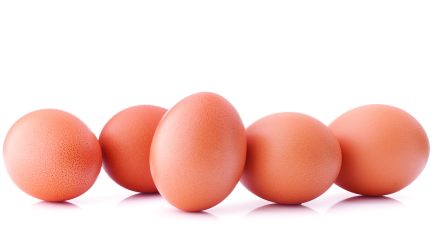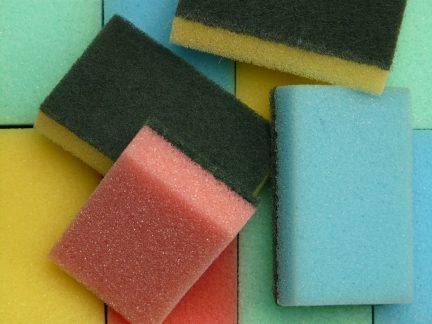For the second-grade science fair, my experiment was called “Does salt make the difference?” Essentially, I put a “pinch” of salt on the top of a cup of ice. Then I put it back in the freezer. My results? Even though the ice was in the freezer, the salt corrupted it. The ice melted, and I was soon looking at a bunch of saltwater. Amazing how only the smallest bit of salt could get the ice to melt.
Imagine that gluten is like the salt. This does not bode well for those with celiac disease. No matter where you are, what you are doing, the smallest bit of gluten can contaminate anything. For example: your kid puts his wheat toast on a counter you keep gluten-free? Now, all of the sudden, that counter isn’t too celiac-friendly. You wash it carefully, but are still a little concerned — so you pull out your handy, dandy GlutenTox Home kit.
You didn’t know GlutenTox Home could be used on surface? It’s true! In a few easy steps you can find out whether your suspicions are well-placed. Simply:
- pry the plastic case open with a thin blade and remove the test strip from inside.
- you’ll notice that the end of the strip that was directly under the well for dropping dilution solution has a cottony texture. It probably also has a faint oval pressed into it from the plastic case.
- using clean hands, rub this cottony end over 2.5 square inches of any hard surface.
- carefully dip just the cottony end into the blue vial of dilution solution for two seconds. Alternately, use a clean pipette to put 6 drops of dilution solution into the vial’s overturned blue cap, and dip the cottony end into that until it’s absorbed.
- lie the strip flat, cotton-side up, and wait ten minutes. The results can be read like any other GlutenTox Home test: pink line means gluten.
What does “testing positive” mean? Well, say you were planning on making some nice gluten-free cookies. If you knead one kilo of dough, (weighing as much as your average dictionary or a regular-sized pineapple) on a contaminated surface, the cookies would contain at least a trace of gluten.
Know the difference between contaminated and decontaminated, and test the surfaces in your house so that you avoid consuming gluten unknowingly. For GlutenTox Home to get an accurate read, you only have to test 2.5 square inches of surface to get an accurate idea about your counter. Smaller than the diameter of a coffee mug or the edge of your tin-foil box… so tiny, and yet so large an impact on your health.






